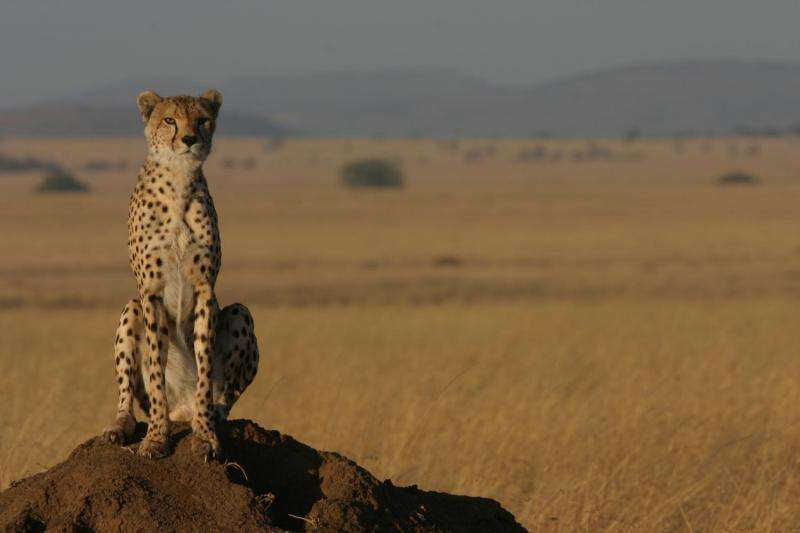Conservationists 'on the fence' about barriers to protect wildlife in drylands

To fence or not to fence? That is the question facing conservationists concerned with barriers that keep wildlife in and people out.
According to a new study by the Zoological Society of London (ZSL), Wildlife Conservation Society (WCS) and other groups, appearing in April 20 edition of the Journal of Applied Ecology, new policies must be developed before fences are erected - particularly in dryland ecosystems where mobility is essential for both humans and wildlife.
Some nations are considering fences as a means to protect remnant wildlife populations. For example, Uganda intends to fence all of its national parks to stem human-wildlife conflicts, while Rwanda recently erected a 120 km fence around Akagera National Park.
But the study's authors caution that evidence is limited showing that fences are effective management tools, particularly in drylands.
"Large-scale fencing can disrupt migration pathways and reduce access to key areas within drylands, such as seasonal foraging areas," said lead author Sarah Durant of ZSL. "This can lead to severe reductions in migratory wildlife populations and may prompt wider impacts on non-migratory species."
The study says that policies are needed to evaluate whether fences should be erected and should be evaluated based on wildlife movement and distribution, climate change predictions, costs and benefits to local people, and other factors.
Said co-author James Deutsch of WCS: "Fencing can initially appear to be an easy conservation solution. Yet, unless fencing strategies have local community support and financing for maintenance, there is a danger that they may generate more problems than they solve."
The authors suggest that The United Nations Conventions on Migratory Species (CMS) and to Combat Desertification (UNCCD) are appropriate international agreements for leading to the development of policies and guidelines on fencing drylands.
In response, the Scientific Council of CMS has proposed to form a Working Group on fencing problems and policies in dryland ecosystems.
Said co-author Roseline Beudels-Jamar from the CMS Scientific Council: "CMS is concerned about the impact of human-wildlife conflict on both wildlife and on vulnerable livelihoods of marginalised people, and would like to better understand the impacts of fencing, or alternative methods, if used to mitigate such conflicts."
Journal information: Journal of Applied Ecology
Provided by Wildlife Conservation Society




















